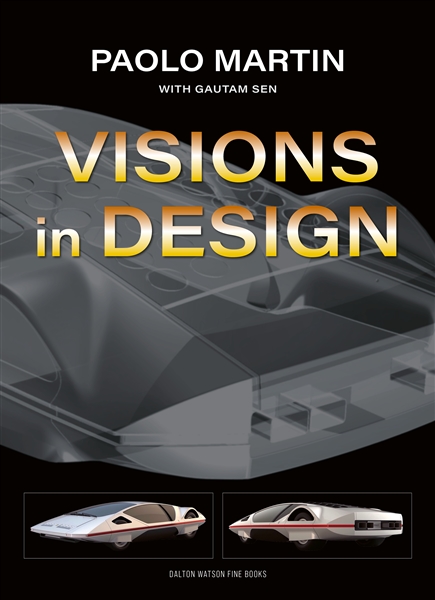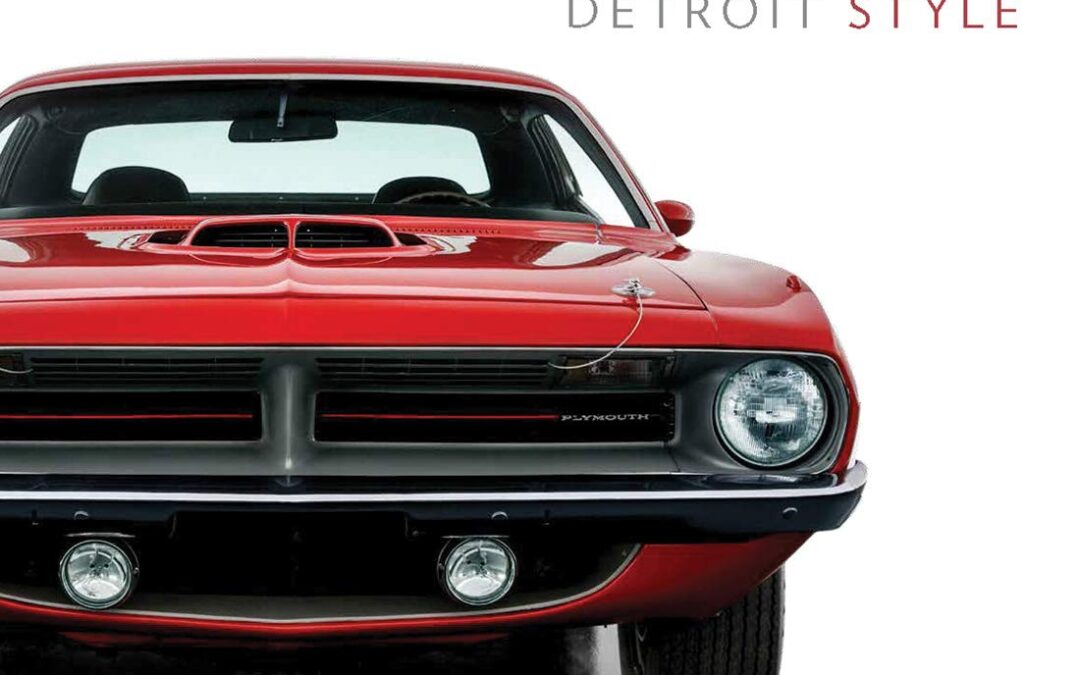
A dynamically illustrated exploration of 70 years of automotive design in the Motor City
Detroit, nicknamed Motor City, has always been a leader in car design. As the city became the center of the American automobile industry in the early 20th century, its studios became incubators for new ideas and new styles. This volume highlights the artistry and influence of Detroit designers working in the industry between 1950 and the present day, giving readers a sumptuously illustrated opportunity to discover the ingenuity of influential (and surprisingly little-known) figures in postwar American car design. Detroit Style showcases 12 coupes and sedans, representing both experimental cars created solely for display and iconic production models for the mass market. Dozens of design drawings and images of studio interiors—along with paintings and sculptures—highlight the creative process and dialogue between the American art world and car culture. These materials in addition to interviews with influential figures in car design today bring new insights and spark curiosity about the formative role Detroit designers have played in shaping the automotive world around us, and the ways their work has responded to changing tastes, culture, and technology.
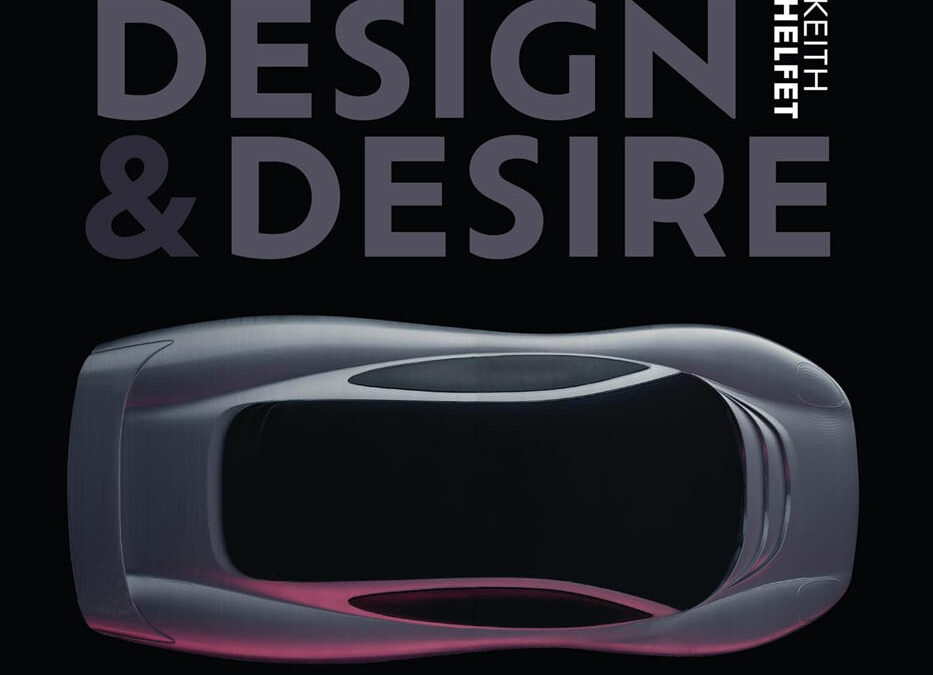
When Keith Helfet embarked upon an ambitious project to create a new body shape for a secondhand Triumph Spitfire using little more than foam offcuts and plaster of Paris, a life as one of the world’s most successful automotive designers seemed like an impossible dream. And yet that’s precisely what he would become.
After studying at London’s prestigious Royal College of Art, the South-African born youngster secured a job at Jaguar, where he would meet his mentor – marque founder Sir William Lyons. Thanks to his encouragement and guidance, Helfet would go on to create a number of iconic designs such as the XJ220 supercar, the XK180 and the beautiful F-type concept created in 2000.
With diversions into medical imaging, product design, power-assisted bicycles and electric vehicles, Design & Desire offers a personal insight into a unique and varied career that has spanned more than four decades – and counting…

A nostalgic and celebratory look back at one hundred years of passenger flight, featuring full-color reproductions of route maps and posters from the world’s most iconic airlines, from the author of bestselling cult classic Transit Maps of the World.
In this gorgeously illustrated collection of airline route maps, Mark Ovenden and Maxwell Roberts look to the skies and transport readers to another time. Hundreds of images span a century of passenger flight, from the rudimentary trajectory of routes to the most intricately detailed birds-eye views of the land to be flown over. Advertisements for the first scheduled commercial passenger flights featured only a few destinations, with stunning views of the countryside and graphics of biplanes. As aviation took off, speed and mileage were trumpeted on bold posters featuring busy routes. Major airlines produced highly stylized illustrations of their global presence, establishing now-classic brands. With trendy and forward-looking designs, cartographers celebrated the coming together of different cultures and made the earth look ever smaller.
Eventually, fleets got bigger and routes multiplied, and graphic designers have found creative new ways to display huge amounts of information. Airline hubs bring their own cultural mark and advertise their plentiful destination options. Innovative maps depict our busy world with webs of overlapping routes and networks of low-cost city-to-city hopping. But though flying has become more commonplace, Ovenden and Roberts remind us that early air travel was a glamorous affair for good reason. Airline Maps is a celebration of graphic design, cartographic skills and clever marketing, and a visual feast that reminds us to enjoy the journey as much as the destination.
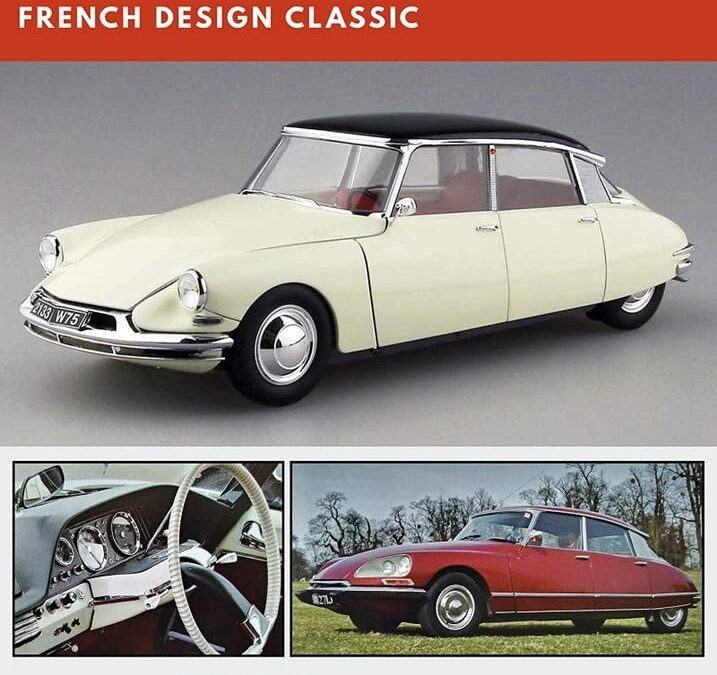
Launched in 1955 yet looking like a sci-fi design proposal for a future then undreamed of, Flaminio Bertoni’s ellipsoid sculpture with wheels that was the Citroën DS stunned the world.
There was a near riot at the 1955 Paris Motor Show launch of the car, orders flooded in for this, the new ‘big Citroën’ (a Voiture a Grande Diffusion or VGD) as the car that replaced the legendary Traction Avant range.
The term ‘DS’ stems from two Citroën parts of nomenclature – the type of engine used as the 11D, (D) and the special hemispherical design of the cylinder head as ‘Culasse Special’ (S): DS out of ‘Deesse’ or Goddess, was a more popular myth of ‘ DS’ origination, but an erroneous one.
But it was not just the car’s aerodynamically advanced body shape (Cd. 0.37) that framed the genius of the DS: hydro pneumatic self-levelling suspension, advanced plastics and synthetics for the construction of the roof and dashboard/fascia, and amazing road holding and cabin comfort were some of this car’s highlights.
Only the lack of an advanced new engine was deemed a missed opportunity. In fact Citroën had created a new engine for the car but lacked the resources to produce it in time for 1955.
DS was a major moment in the history of car design, one so advanced that it would take other auto manufacturers years to embrace. Yet DS in its ‘aero’ design was the precursor to today’s low drag cars of curved form.
Manufactured worldwide, used by presidents, leaders, diplomats, farmers and many types of people, the DS redefined Citroën, its engineering and design language, and its brand, for decades to come.
Prone to rust, not the safest car in the world, and always lacking a smoother powerplant, the DS still became an icon of car design.
Reshaped with a new nose and faired-in headlamps in 1967, DS remained in production until 1975.
Across its life DS spawned an estate car variant as the ‘Safari’, a range of limousines, two-door convertibles, and even coach-built coupes and rally specials.
This car was a product design that became an article of social science – it was that famous and it defined a European design movement upon a global stage then packed with ‘me too’ copyist designs.
The DS or ‘Goddess’ as it was tagged, was a tear-drop shaped act of French confidence in a world of the regurgitation of the known. Some argue that DS and its effect has never been surpassed.
This new value-for-money book provides innovative access to the design, history, and modeling of the revolutionary DS – one of the true ‘greats’ of motoring history and, a contemporary classic car of huge popularity.
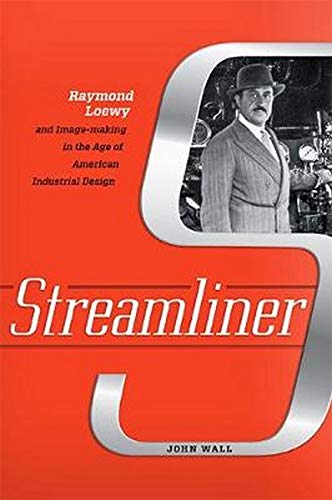
The true story of Raymond Loewy, whose designs are still celebrated for their unerring ability to advance American consumer taste.
Born in Paris in 1893 and trained as an engineer, Raymond Loewy revolutionized twentieth-century American industrial design. Combining salesmanship and media savvy, he created bright, smooth, and colorful logos for major corporations that included Greyhound, Exxon, and Nabisco. His designs for Studebaker automobiles, Sears Coldspot refrigerators, Lucky Strike cigarette packs, and Pennsylvania Railroad locomotives are iconic. Beyond his timeless designs, Loewy carefully built an international reputation through the assiduous courting of journalists and tastemakers to become the face of both a new profession and a consumer-driven vision of the American dream.
In Streamliner, John Wall traces the evolution of an industry through the lens of Loewy’s eclectic life, distinctive work, and invented persona. How, he asks, did Loewy build a business while transforming himself into a national brand a half century before “branding” became relevant? Placing Loewy in context with the emerging consumer culture of the latter half of the twentieth century, Wall explores how his approach to business complemented―or differed from―that of his well-known contemporaries, including industrial designers Henry Dreyfuss, Walter Teague, and Norman Bel Geddes. Wall also reveals how Loewy tailored his lifestyle to cement the image of “designer” in the public imagination and why the self-promotion that drove Loewy to the top of his profession began to work against him at the end of his career. Streamliner is an important and engaging work on one of the longest-lived careers in industrial design.
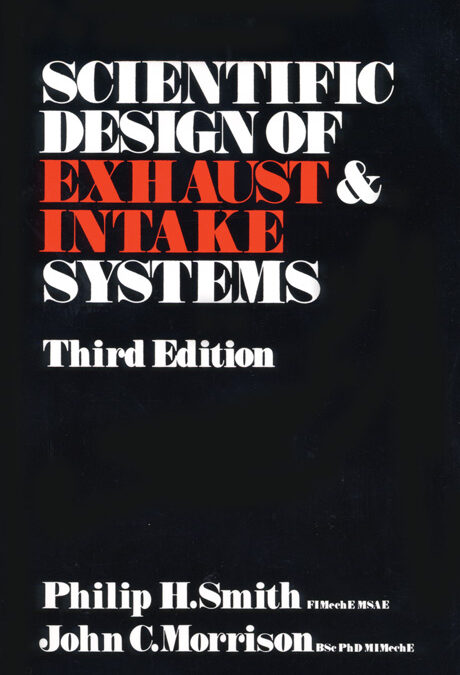
For years, engineers, engine designers, high-performance tuners and racers have depended on the Scientific Design of Exhaust and Intake Systems to develop maximum potential from their engines.
Dr. John C. Morrison is one of the foremost authorities on the analysis of the induction and exhaust processes of high-speed engines. Together with Philip Smith, he gives a thorough explanation of the physics that govern the behavior of gases as they pass through an engine, and the theories and practical research methods used in designing more efficient induction manifolds and exhaust systems, for both competition and street use.
Chapter topics range from Simple Flow Problems and Sound and its Energy to Designing a System for Racing. This authoritative book will lead you through the complex theory to an understanding of how to design high-performance exhaust and intake systems for your own particular application.
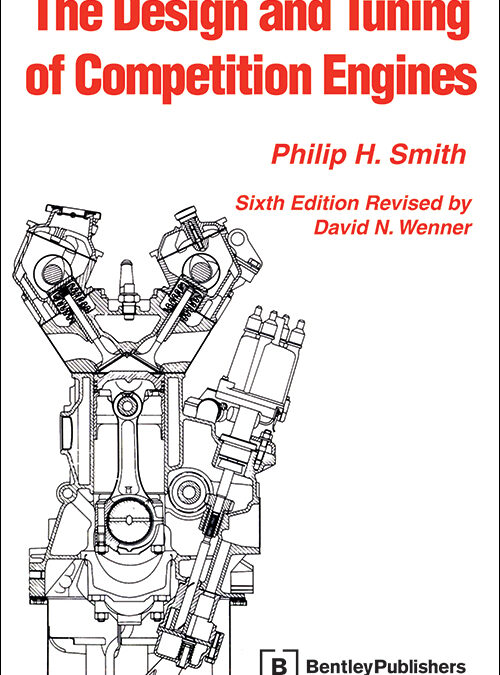
No other book gives you better insight into the expert preparation of engines for racing and high-performance road use, whether your interest lies in street, oval track, drag, or stock car racing. The first chapters explain the fundamentals that govern high-performance engines: thermodynamic laws, gasflow, mechanical efficiency, and engine materials and construction. Understanding these basic factors is crucial to making correct decisions when tuning or modifying your engine.
Actual engine preparation techniques are described in the middle section, including cylinder head work and balancing and blueprinting. The final part of the book focuses on modifying specific engines: American V8s, Porsche 911, Volkswagen Air-cooled and Water-cooled, Cosworth BDA, Formula Ford 1600, Datsun 4- and 6-cylinder, and Mazda rotary engines. You’ll learn proven techniques to increase performance and reliability, and, just as important, which modifications won’t give you meaningful gains.
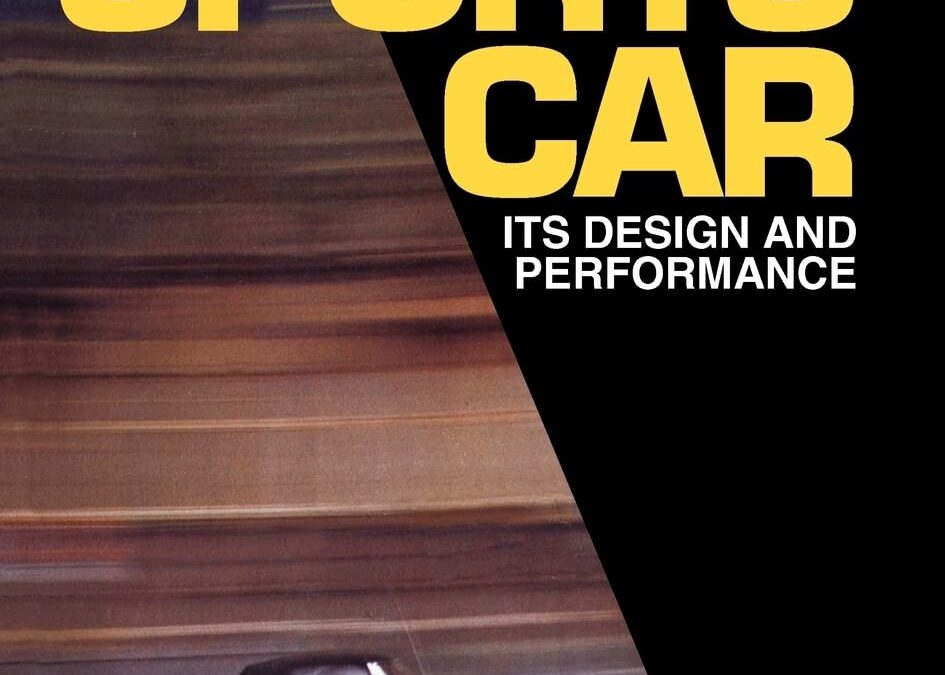
Colin Campbell offers a thorough and systematic examination of some of the finest achievements in sports car design through the late seventies. His technical survey spans engine and valve train designs, tire and suspension considerations, chassis construction, brakes, and standards of performance. Of particular value and interest-especially to design engineers working on new car projects-is the section containing detailed design studies on outstanding production sports cars from four manufacturers: Jaguar, Lotus, Mercedes and Porsche. By pointing out design features that are of particular merit with regard to overall performance, this book should also prove highly useful to readers who are choosing and preparing a car for Showroom Stock racing, or who are designing their own sports cars.
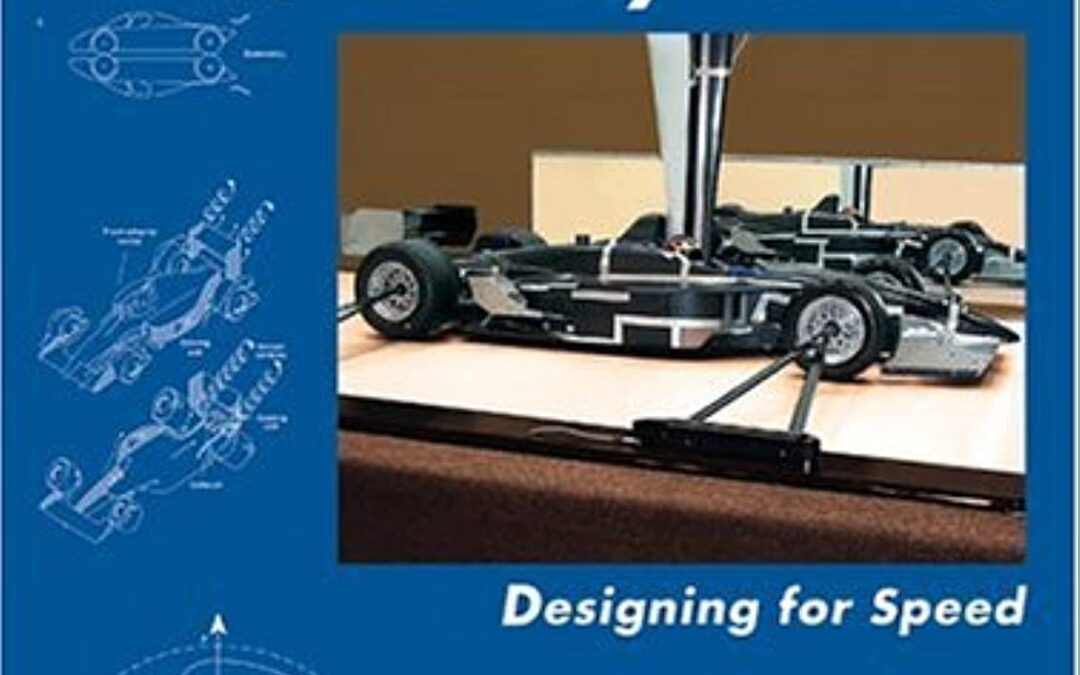
The first book to summarize the secrets of the rapidly developing field of high-speed vehicle design. From F1 to Indy Car, Drag and Sedan racing, this book provides clear explanations for engineers who want to improve their design skills and enthusiasts who simply want to understand how their favorite race cars go fast. Explains how aerodynamics win races, why downforce is more important than streamlining and drag reduction, designing wings and venturis, plus wind tunnel designs and more.
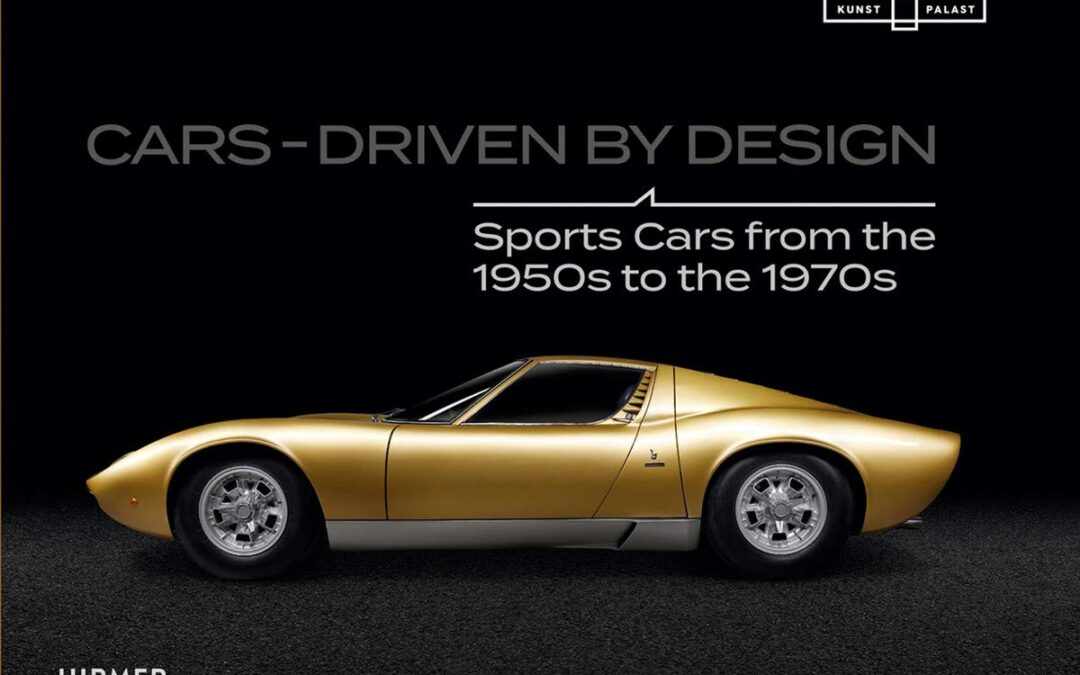
As a design object beyond its practical purpose, the automobile has left an indelible mark on the world we live in. There is scarcely another everyday item which has been designed in a more sophisticated and inventive manner and which offers a larger projection area. This can be seen with particular clarity in the sports car of the 1950s, ’60s, and ’70s, which are fast, beautiful, eccentric, and innovative. In recent decades, these coveted collector’s items have attained cult status, and have come to be widely regarded as dream cars for eternity. In an exciting journey through time, this volume pays homage to a selection of exclusive sports cars by legendary manufacturers—including Porsche, Ferrari, and Jaguar—showing them to be artworks in their own right. Essays, biographies, and brilliant color photographs shed light on the sports car’s unparalleled unity of form, technology, design, and emotions.
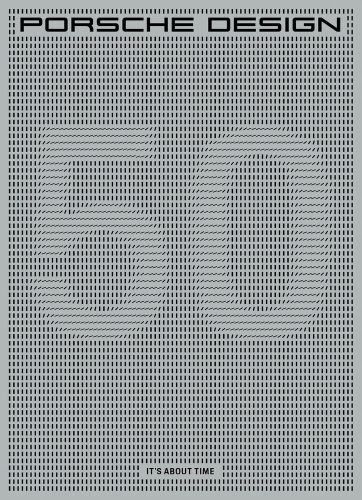
In 1963, Professor Ferdinand Alexander Porsche created the Porsche 911, one of the most important automotive design objects in contemporary history. With his vision of taking the principles of Porsche beyond the limits of the automobile, he founded the exclusive lifestyle brand Porsche Design in 1972. His philosophy and design language live on in all Porsche Design products to this day. Each product represents precision and perfection at a high level of technological innovation, and a unique symbiosis of intelligent function and inspired design. This book celebrates the legacy of F. A Porsche and the 50th anniversary of Porsche Design.
Text in English and German.
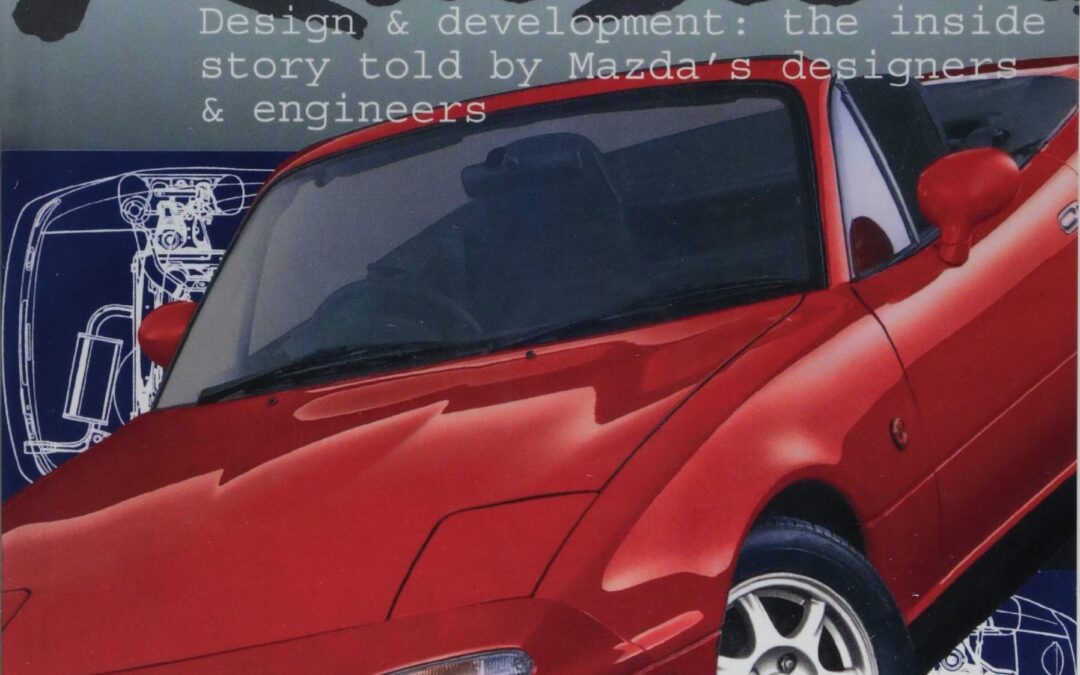
This is the fascinating inside story of the design and build of what would become the world’s favourite lightweight sports car. Candid text, written by the engineers and designers themselves, guides the reader through every stage of the vehicle’s development, from original concept through to the production model that took the world by storm.
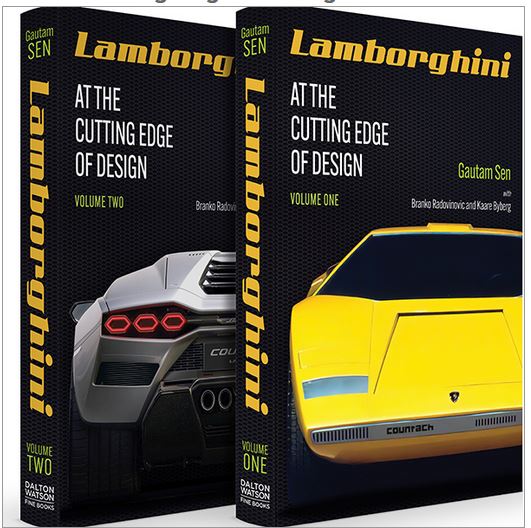
It has been said that “Lamborghini is a carmaker that makes engines, the job of the designers was to design the engine cover.” Yet, in its almost six decades long history, the supercar maker has constructed just four different engines.
However, it has been a series of models with remarkable, groundbreaking shapes, each one a veritable design revolution that has really set Lamborghini ahead of other marques. Cars like the Miura, Espada, Urraco, Countach and the Diablo astounded and startled automotive fans as much with their daring shape, form and aesthetic purity, as they did with their second-to-none engineering.
This book celebrates the design history of Lamborghini through numerous period reports and previously unpublished images. It delves into the extraordinary shapes and forms, as well as the intrepid personalities with interviews of design greats—Marcello Gandini, Luc Donckerwolke, Walter de Silva, Filippo Perini and Mitja Borkert—who made Lamborghini what it is today.
- 2 volumes with dust jackets in slipcase
- 784 pages
- 1,070 images
- Four fold-outs
- 219mm x 304mm
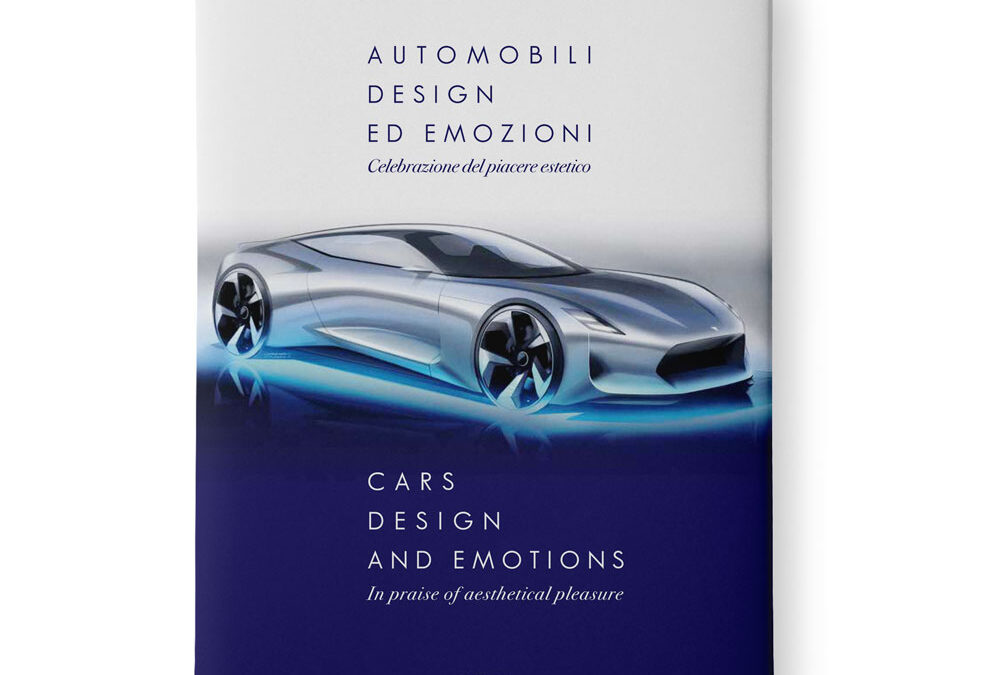
A celebration of aesthetic pleasure
A leading figure in the sector of car design (with important roles in the Peugeot-Citroën Group and at Pininfarina), the author draws his inspiration from the fundamental role that aesthetic gratification has always played in the relationship between man and the automobile.
Among the topics addressed, the birth and evolution of the profession of automotive designer, with extensive historical references, linked to the great ‘coachbuilders’ of the 1920-1960s period and to the evolution of the last 30 years, which led to the creation of the Style Centres of the major manufacturers, no longer integrated and therefore subordinate to technical management.
Starting from personal experience, considerable space is dedicated to the problems and choices that a car designer must inevitably face, reconciling the artistic side with the industrial context in which he operates. Concepts and rules that allow you to see the birth of a model that will be mass-produced, starting from the first sketches on a white sheet of paper. With concrete examples, referring to cars from Citroën, Peugeot, Maserati and Pininfarina.
The book also includes an appendix, dedicated to the most famous car designers of yesterday and today, which allows you to find out who created the style of famous cars, in many cases generically attributed to the manufacturer or the coachbuilder, where the designer himself was working…
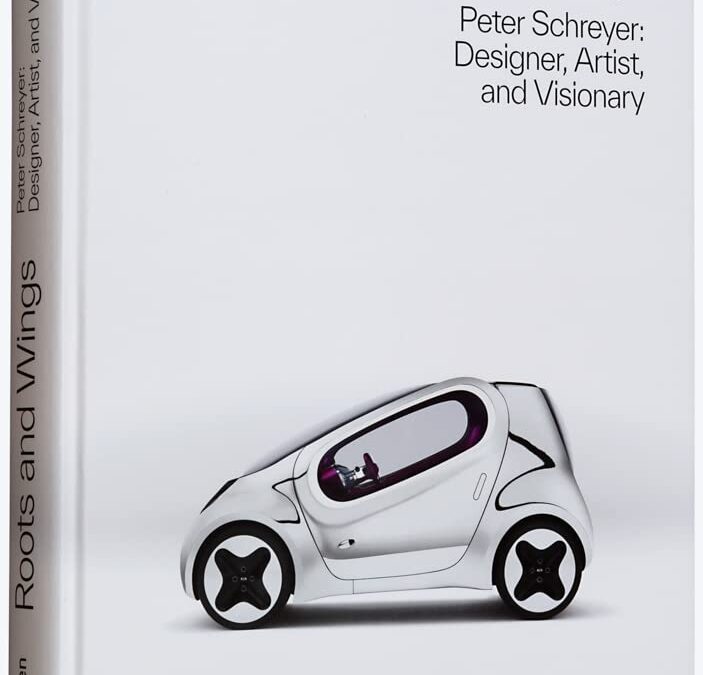
Roots and Wings explores the life and work of Peter Schreyer, one of the most influential car designers of our time. A Renaissance man with an eye for detail and foresight for innovation, he geared himself toward success. Responsible for the births of some of the 20th-century’s most iconic cars, his industry experience brought instant classics to the road. From humble beginnings in Germany’s divided south to his new base in Seoul, Schreyer embodies a conduit between the west and east―bridging his homeland’s history of automotive design with South Korea, a country that has experienced stratospheric growth on the world stage in just a few decades. Looking at the formative moments and pivotal artistic discoveries that shaped his creative mindset, Roots and Wings is the never-before-told story of how a man reimagined a car brand and left a mark on history in the process.
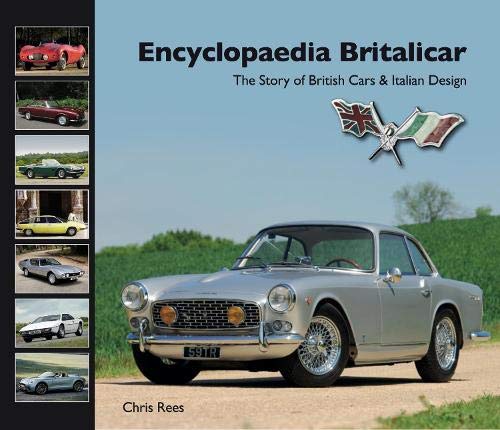
Celebrating the rich, deep partnership between the British car industry and Italian design, this book is packed with coachbuilt cars, design classics and concept cars from the 1920s to the current day. The story starts with the early days of coachbuilt cars on separate chassis from illustrious marques like Bentley, Frazer Nash and Rolls-Royce, which were bodied by such Italian coachbuilders as Pinin Farina, Viotti and Zagato. After World War Two came the golden era of coachbuilt cars, with Italian companies creating some of the world’s most beautiful shapes of all time on chassis from the likes of Aston Martin, Austin-Healey, Bristol, Jaguar, Jowett, MG, Riley and Rover.
Then came the era when Italian carrozzerie morphed into design houses, penning shapes for mass-produced cars like the BMC 1100/1300 and Triumph Herald, and crafting what are widely recognised to be some of the world’s most beautiful cars, such as the Aston Martin DB4, AC 428 and Lotus Esprit.
Finally came the era of the ‘concept car’, with incredible show designs based on British marques such as Jaguars by Bertone, the BMC 1800 Berlina Aerodinamica by Pininfarina and Lotus by Italdesign.
This book reveals the full stories behind the intense, diverse, sometimes surprising and always fascinating links between British cars and Italian design: the characters, the deals, the designs and above all the cars themselves.
Over 40 British marques are included, from AC to Wolseley, and from major names like Jaguar down to smaller operations such as Jensen, TVR, Elva and Gordon-Keeble. These are matched by more than 40 Italian carrozzerie, from Allemano to Zagato. As well as major collaborations – such as Pininfarina and BMC, Michelotti and Triumph, Touring and Aston Martin – myriad never-before-told stories of small operators really make this book special: the likes of Frua, Boano, Fissore, Monviso, Sibona-Basano and Schiaretti.
Richly illustrated with hundreds of period images, high-quality modern photography and dozens of sketches by the designers themselves – many never seen in print before – this is a book to relish for both lovers of design and enthusiasts of British and Italian cars.
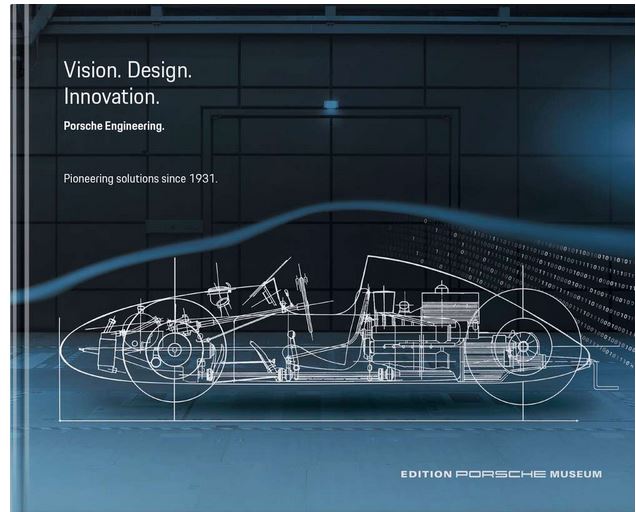
In 1931 Ferdinand Porsche started his own business in a rented office in Stuttgart’s Kronenstrasse thus laying the foundation for today’s Porsche brand. Since then, the name Porsche has been closely associated with development projects for customers worldwide. Porsche Engineering continues this tradition with innovative solutions and a high level of digitalization expertise in an international network of locations.
Technical details:
Edition Porsche Museum
Format: 29.5 x 24 cm, Hardcover
Pages: 240
Illustrations: 140
Language: English
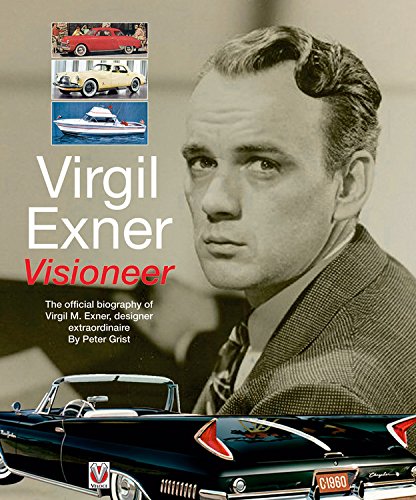
The story of a man that brought his own personal style to the world of industrial design, from automobiles to powerboats. Some 50 years after his design masterpieces wrested styling leadership away from General Motors – Harley Earl. Thirty four years after his untimely death, Virgil Exner’s name still remains inexorably linked to the Chrysler Corporation in the minds of car enthusiasts worldwide.
For an all too brief period, Exner’s name epitomised all that was great and exciting in America. His thrilling automobile designs from the mid-fifties took the world by storm and put Chrysler at the top. His work was nothing less than a revolution. Until the mid-fifties, engineers, creating cars that were reliable but invariably staid and conservative, had dominated auto design. Exner introduced to Chrysler, firstly with his ‘idea cars’ then with production models, vehicles that were wanted for their looks but at the same time, were soundly engineered; automobiles that carried classic proportions and gave the illusion of movement even whilst stationary. His design of the 1947 Studebaker established the design pattern for all modern cars and was a huge success. Along with automobile styling, his talents stretched to many other areas of industrial design, from trains to trucks and boats to Buicks.
This book gets behind the character of the man, his strengths and weaknesses, his personal tragedies and his vision of modern transport. Uncover why he set up in competition with Raymond Loewy, get the real facts behind historic inaccuracies and why he was made scapegoat for the sales disaster of the early sixties, Then delight in his fine artwork and his love of motor racing. With many previously unseen works of art and family photos among the 150 colour images throughout this is a unique and fascinating insight into a pivotal player in the development of the modern automobile.

Design and the Bristol Car contains a description of the evolution of draughting techniques from the shipbuilding days, through aviation design and car design into the CAD-era, interspersed with the life story of Dudley Hobbs, chief designer at Bristol Cars from 1946 to 1976.
The second part of the book contains: Fascinating reports from the Bristol Aeroplane Company visits (by Dudley Hobbs) to Geneva, Lugano and Milan, the Paris and Geneva Motorshows and Carrozzeria Touring / A critical appraisal of the work of Dudley Hobbs by a current car designer / The pre-war history of the BMW 326, 327 and 328, which might be described as the first Bristols.











